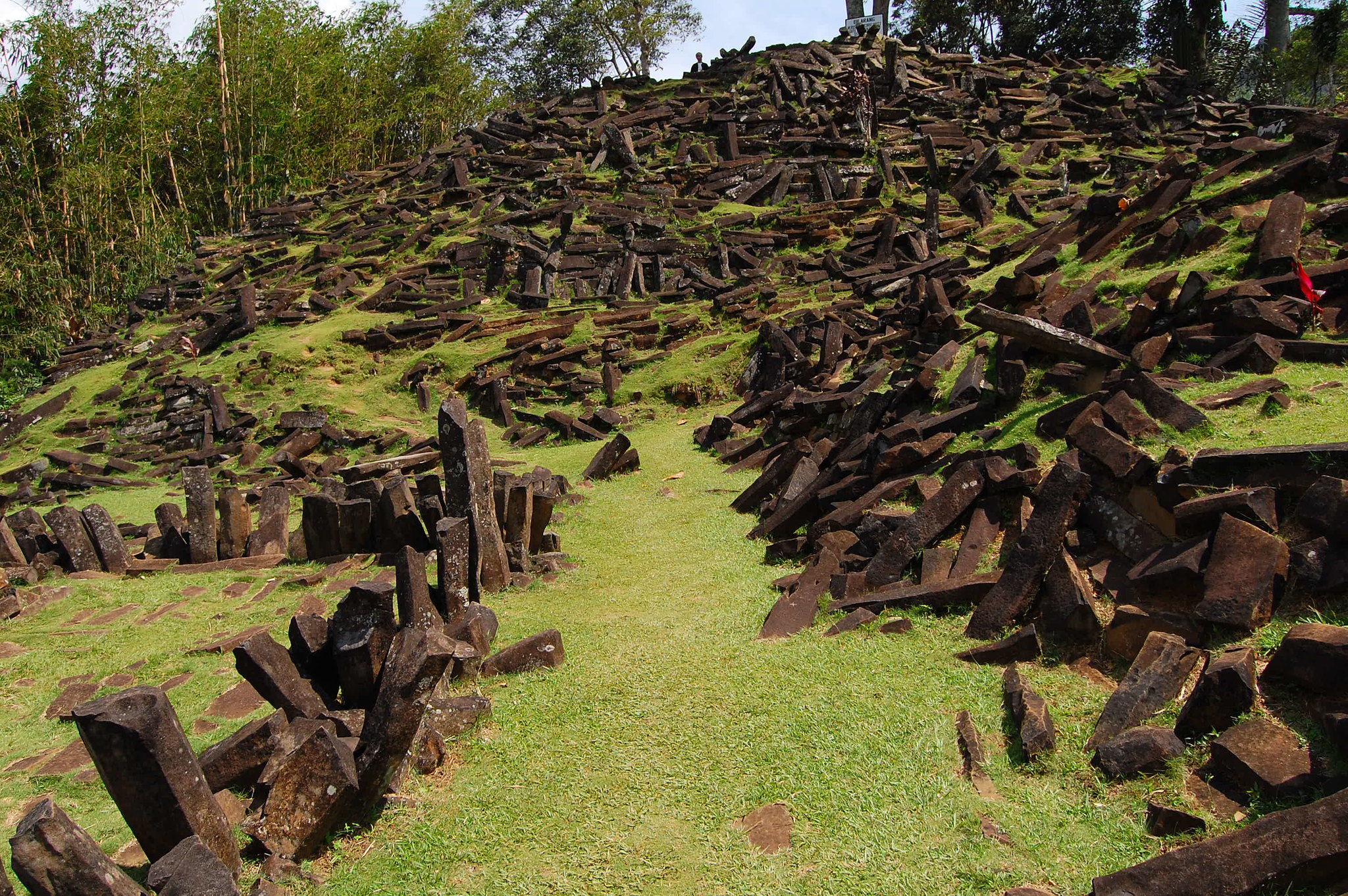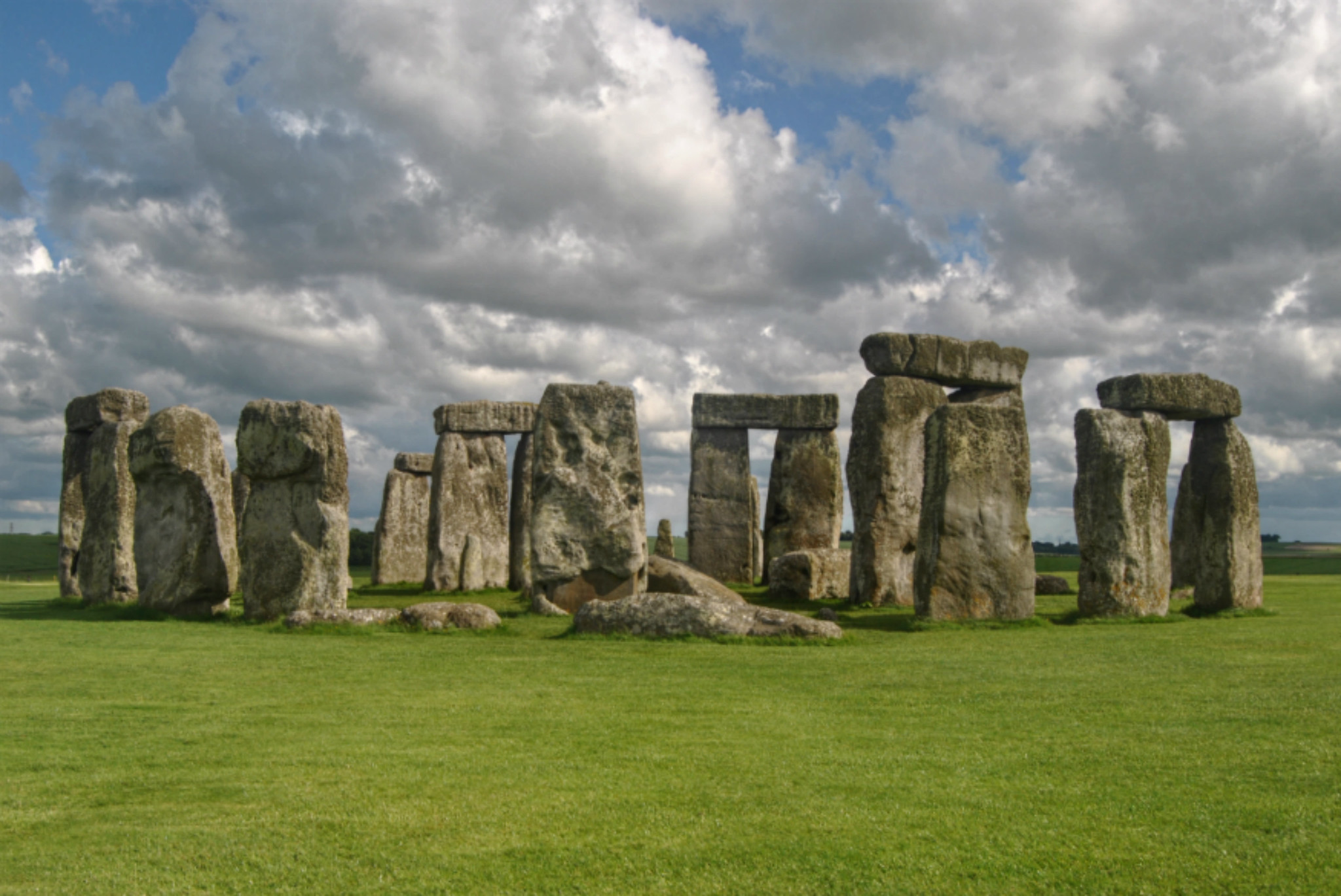
A sensational science story which gripped the world last year claimed that the Gunung Padang site in West Java, Indonesia is the world’s oldest pyramid and could be more than 25,000 years old, but is there any truth in the claim?
Stonehenge and the oldest major pyramids are just a few thousand years old, while the previous record holder, Turkey’s Gobekli Tepe stone monuments, are believed to be around 11,000 years old.

However, researchers in a paper published in Archaeological Prospection late last year claim that the Gunung Padang pyramid could be more than twice the age of these ancient structures. They wrote: “Evidence from Gunung Padang suggests advanced construction practices were already present when agriculture had, perhaps, not yet been invented.”
The claim caught the attention of news outlets all around the world, but it has since led to ferocious backlash from many experts, who argue that none of the evidence presented by the research team justifies their conclusions about the unprecedented age of Gunung Padang. They say the settlement at the site was likely built around 6,000 to 7,000 years ago.
“The data that is presented in this paper provides no support for its final conclusion—that the settlement is extraordinarily old,” Flint Dibble, an archaeologist at Cardiff University told The Guardian. “Yet that is what has driven the headline. I am very surprised this paper was published as it is.”
The academic pushback has forced the editors of Archaeological Prospection, published by Wiley, to carry out an investigation.
“The investigation addresses concerns raised by third parties regarding the scientific content of our paper. We are actively engaged in addressing these concerns,” the paper’s main author, geologist Professor Danny Hillman Natawidjaja of Indonesia’s national research and innovation agency, admitted in December last year.
The controversy around the age of Indonesia’s Gunung Padang pyramid was stoked by the fact that the paper was proofread by the pseudoscientific British writer Graham Hancock, who claims that a once advanced ancient culture, subsequently ended by a ‘cosmic incident,’ brought science, technology, agriculture, and monumental architecture to the primitive people who populated the world after the last ice age.
He has suggested in his Netflix series Ancient Apocalypse that Gunung Padang may be an example of such events.
The majority of scientists think these ideas are laughable. “He invokes myths, fanciful and often incorrect interpretations of archaeological sites,” said geologist Marc Defant in one review of his program. As Bill Farley, an archaeologist at Southern Connecticut State University in New Haven, put it, it is “a theory that says a group of ancient sages taught us everything we know [and it] simplifies history to a crude level and also robs Indigenous people of the claim that they developed their own ancient culture and sophisticated crafts.”
Natawidjaja told The Observer in December last year that he thinks Hancock’s ideas present a reasonable working hypothesis.
The ‘evidence’ for the unprecedented antiquity of Indonesia’s Gunung Padang pyramid
Sitting among tea plantations and banana palms nearly three thousand feet above sea level and seventy-five miles south of Jakarta, Gunung Padang comprises a series of stone terraces that rest on top of a non-active volcano. Pottery shards suggest the site is around a few thousand years old.
However, Natawidjaja and his colleagues argue their use of ground-penetrating radar conveys that, beneath the main structure, there are many deeper man-made layers with the lowest, a hardened lava core, showing signs of having been “meticulously sculpted,” as reported by The Guardian.

The research team claims soil samples taken from material drilled out of the mound deep beneath the site were dated between 27,000 and 16,000 years old. Later accretions are believed to be around 8,000 years old.
Natawidjaja’s team came to the conclusions that Gunung Padang displays clear evidence that its construction could be traced back to 25,000 years or more, when the planet was still in the last ice age.
However, the claims have been denounced by archaeologists, who point out that the research team provides no evidence that the buried material was made by humans. They argue it might be more than 20,000 years old but was likely of natural origin, as there is no proof of any human presence, such as bone fragments or artifacts, in the soil.
See all the latest news from Greece and the world at Greekreporter.com. Contact our newsroom to report an update or send your story, photos and videos. Follow GR on Google News and subscribe here to our daily email!



